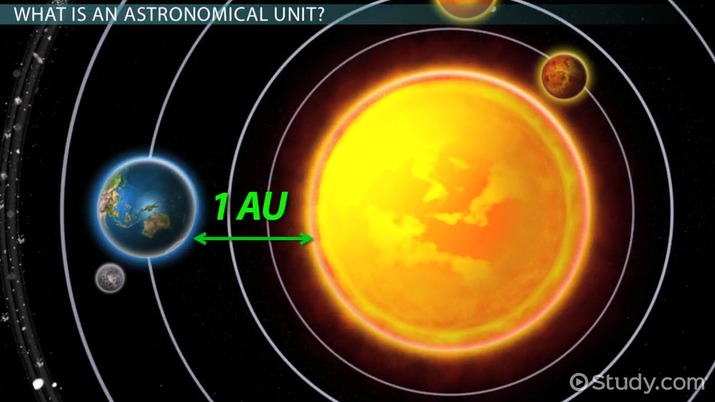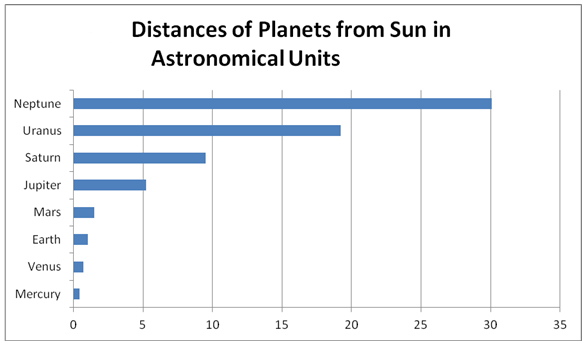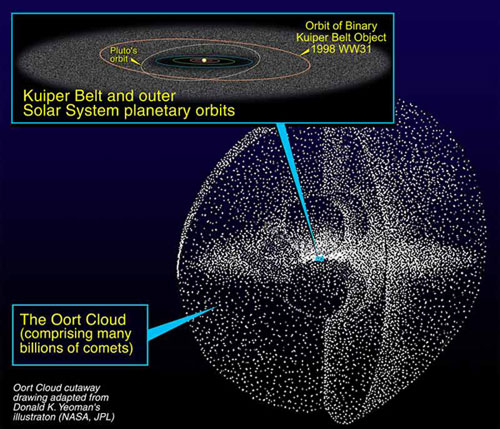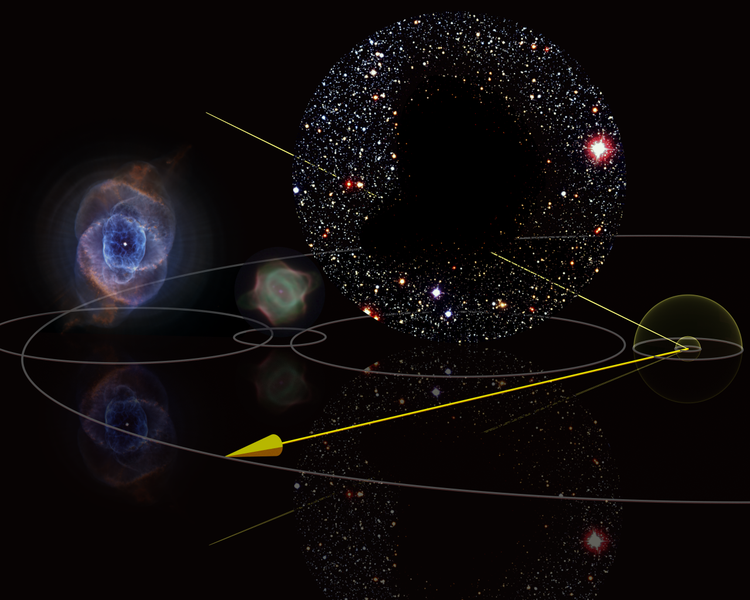
What is an astronomical unit?
Distances in our solar system are vast. So astronomers often don’t speak of the distances to planets, asteroids, comets or spacecraft in terms of miles or kilometers. Instead, they use astronomical units, or AU: the average distance of Earth from the sun. That’s about 93 million miles, 150 million kilometers … or about 8 light-minutes.
Thinking in terms of astronomical units makes it easier to think of relative distances in space.
Or let’s be precise. The precise distance of an astronomical unit is 92,955,807 miles (149,597,871 km).
Earth’s orbit around the sun isn’t a perfect circle. So Earth’s distance from the sun changes throughout the year. When Earth is at perihelion – its nearest point to the sun for the year, in January – it’s about 0.983 AU from the sun. When our planet swings out to aphelion – its farthest point, in July – we’re about 1.017 AU from the sun.
Distances to the planets in AU
Here is the mean distance (semi-major axis) from the sun to each planet, in AU.
Mercury: 0.387 AU
Venus: 0.723 AU
Earth: 1 AU
Mars: 1.524 AU
Jupiter: 5.203 AU
Saturn: 9.582 AU
Uranus: 19.201 AU
Neptune: 30.047 AU
Source: NASA’S Planetary Fact Sheet.
If you want to find out the distances of the solar system planets from the Earth and sun right now, visit Solar System Live or Heavens-Above.

Dwarf planets, the Oort Cloud and more
Here’s the mean distance to dwarf planets in the solar system:
Ceres: 2.767 AU
Pluto: 39.53 AU
Eris: 67.958 AU
Sedna: 518.57 AU
The mean distance to the Kuiper Belt, or the realm of icy bodies beyond Neptune, is 30 to 55 AU.
The mean distance from Earth to the farthest spacecraft, Voyager 1, is 156 AU and counting (as of August 2022).
Finally, the mean distance to the Oort Cloud is 5,000 to 100,000 AU. The Oort Cloud is the farthest reach of our solar system and the source of comets.

The astronomical unit versus the light-year
Astronomical units are less commonly used to measure distances outside of our solar system. That’s because the number of AU goes way up when compared to the more convenient measurement of a light-year. One light-year equals 63,240 AU.
So it’s easier to say Proxima Centauri, the closest star to the sun, is 4.22 light-years away. That’s the same as 268,770 AU.

Bottom line: Astronomers like to list the distances to objects within our solar system in terms of astronomical units, or AU. One astronomical unit is the approximate mean distance between Earth and the sun. It’s about 93 million miles (150 million km), or 8 light-minutes.











